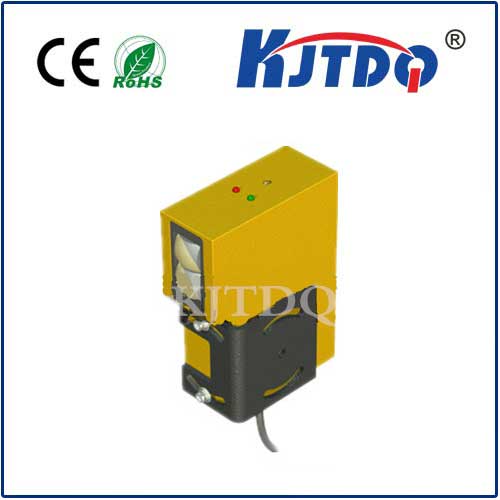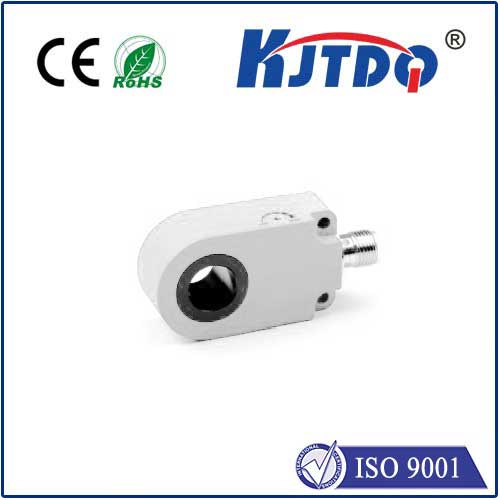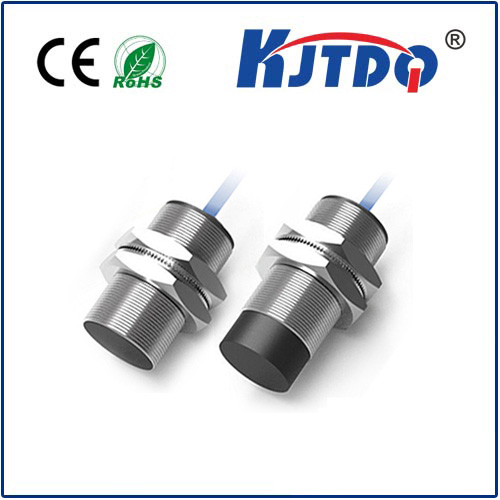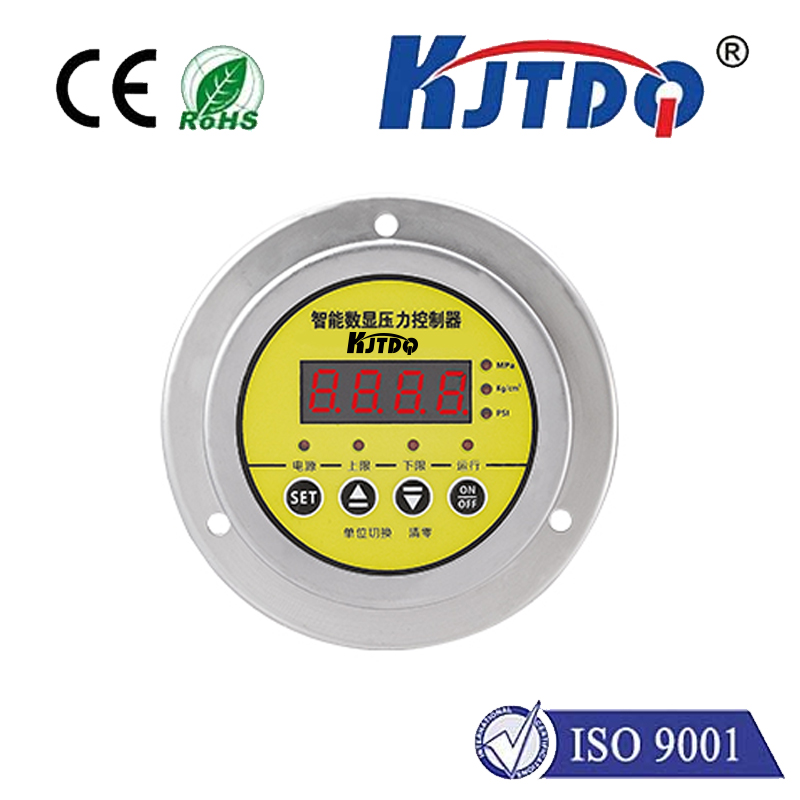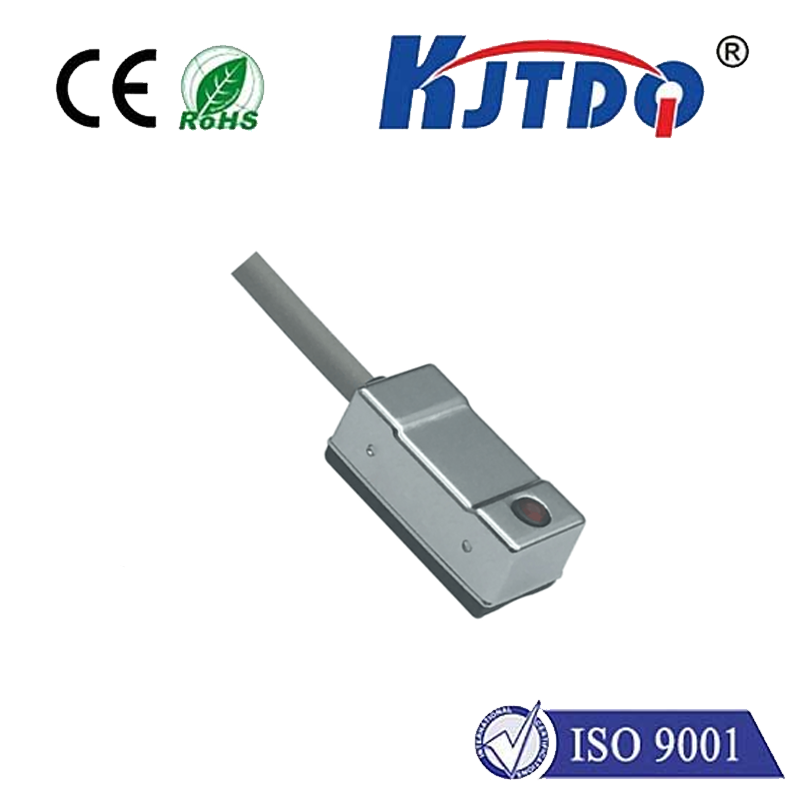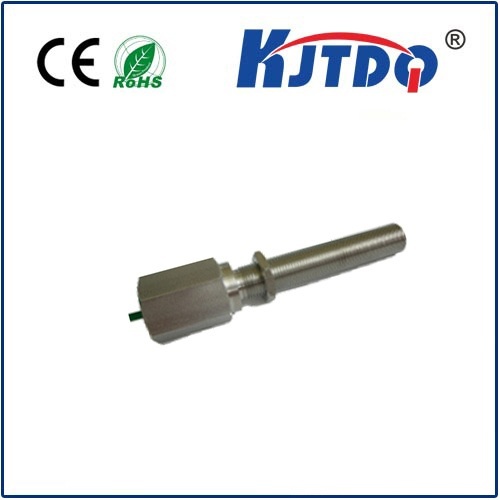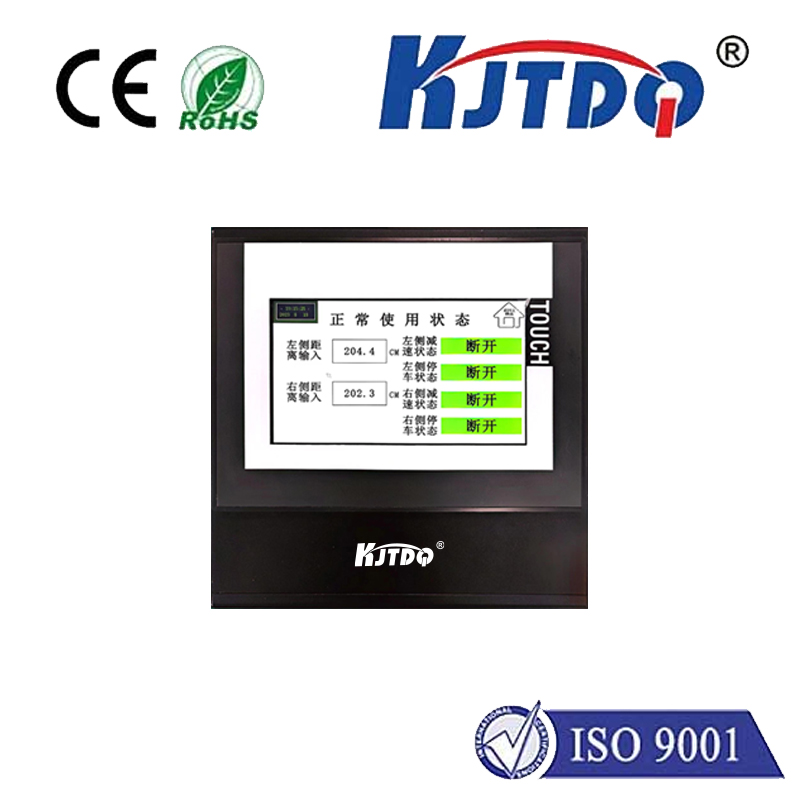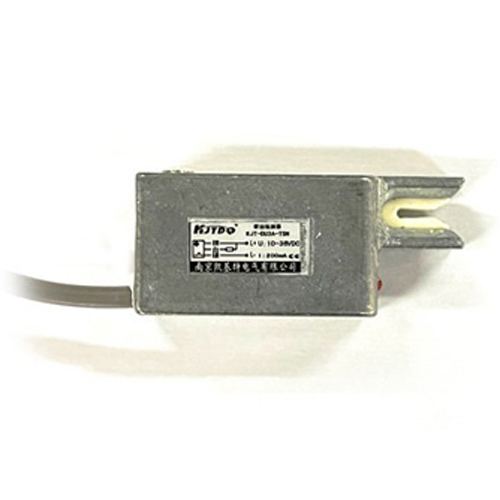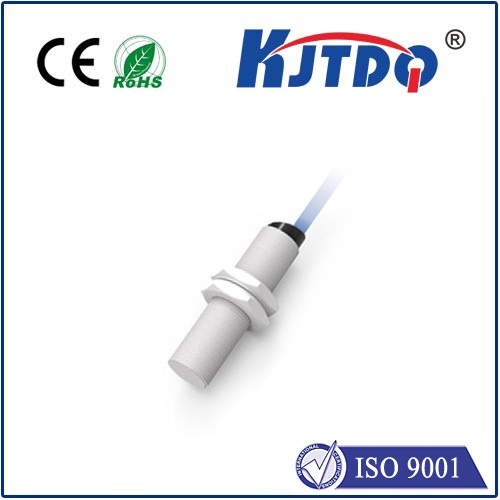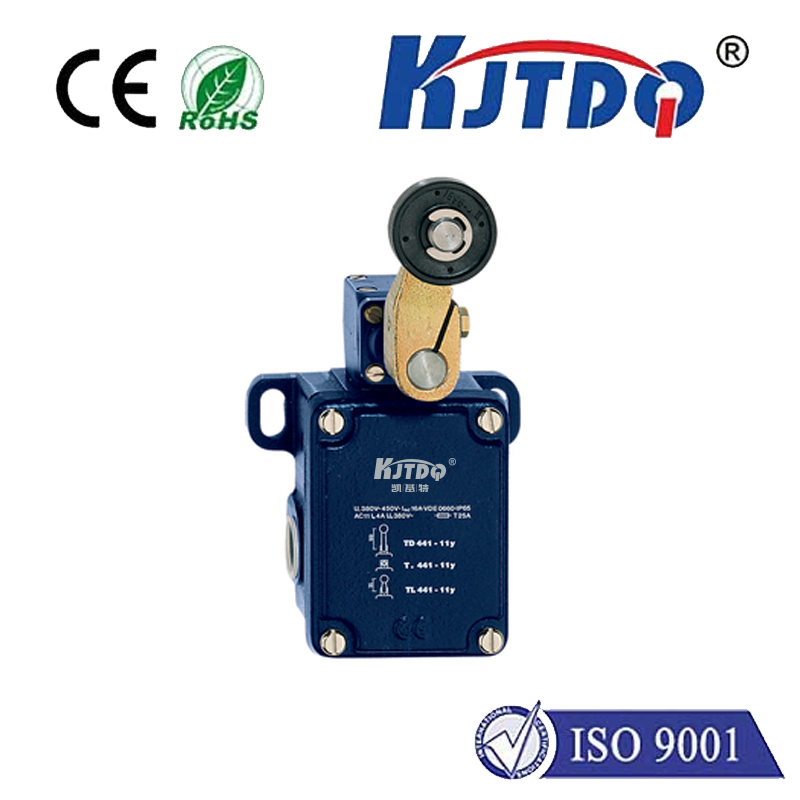

check

check

check

check
PZ-M73P Photoelectric Sensor: Enhancing Precision and Efficiency in Industrial Automation
In the modern industrial landscape, the integration of advanced sensors plays a pivotal role in optimizing production processes and ensuring operational efficiency. Among the various types of sensors available, the PZ-M73P photoelectric sensor stands out for its reliability, precision, and versatility. This article explores the key features, applications, and benefits of the PZ-M73P photoelectric sensor, making it a valuable asset for manufacturers and engineers looking to enhance their automation systems.
The PZ-M73P photoelectric sensor is designed for high-performance applications where accurate detection is critical. It operates on the principle of light emission and detection, using either a light-emitting diode (LED) or a light-reflecting diode (LRD) to detect objects or materials. The sensor emits a beam of light and senses the absence of that beam, triggering an output signal. This technology is widely used in industrial settings to detect the presence or absence of objects, monitor material flow, and ensure product quality.

One of the standout features of the PZ-M73P is its high sensitivity and accuracy. The sensor is calibrated to detect even the smallest objects, making it ideal for applications where precision is essential. Whether it’s detecting a single particle or a small piece of metal, the PZ-M73P delivers reliable and consistent results. Additionally, it offers a wide detection range, allowing it to be used in diverse environments, from cleanrooms to dusty manufacturing lines.
The PZ-M73P is also known for its durability and long operational life. The sensor is constructed with high-quality materials that resist environmental factors such as dust, moisture, and temperature fluctuations. This makes it suitable for use in harsh industrial conditions, ensuring minimal maintenance and reduced downtime. Its robust design also contributes to its ease of installation and maintenance, making it a practical choice for both new and existing manufacturing systems.
In terms of applications, the PZ-M73P is commonly used in automated sorting systems, conveyor belt monitoring, and quality control processes. It helps in ensuring that products meet specific standards by detecting any deviations in the production process. Additionally, it is frequently employed in food processing, pharmaceuticals, and automotive industries where contamination control is crucial.
The PZ-M73P photoelectric sensor is not only a technical solution but also a strategic one. By integrating this sensor into automation systems, manufacturers can significantly improve productivity, reduce waste, and enhance overall operational efficiency. The sensor’s ability to provide real-time data allows for immediate adjustments, leading to more efficient and cost-effective production.
In summary, the PZ-M73P photoelectric sensor is a reliable and versatile tool that offers numerous benefits in industrial automation. Its high sensitivity, durability, and wide range of applications make it an essential component for modern manufacturing. As industries continue to evolve, the integration of advanced sensors like the PZ-M73P will play a crucial role in driving innovation and efficiency.
